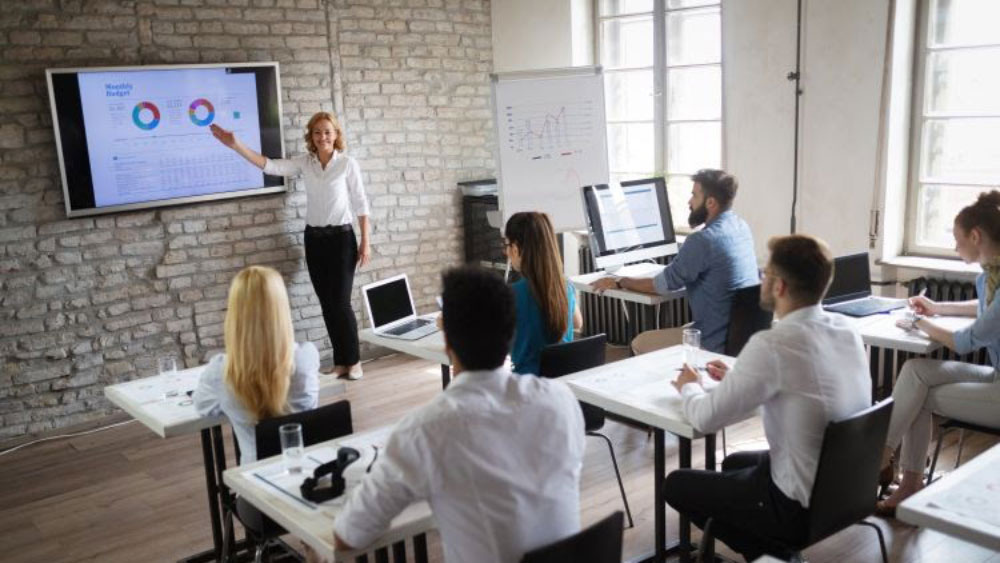This article aims to explore the future of classrooms and teaching methods. With the world constantly evolving, it is important to understand how education will adapt to these changes.
We will examine the impact of technology on the classroom, changes in teaching styles, and how these factors will affect the overall learning experience for students. The article will also address the role of teachers in the classroom of the future, and how their role may evolve as well.
The classroom has been a fundamental part of the education system for centuries. However, in recent years, advancements in technology and changes in society have led to a transformation in the way we think about teaching and learning.
The traditional classroom setting, where students sit at desks and listen to lectures, is no longer the only way to learn. The future of the classroom and teaching methods is one that is exciting, innovative, and flexible.
Technology in the Classroom
One of the most significant changes in the classroom is the integration of technology. In the past, technology was viewed as a distraction in the classroom, but today it has become an essential tool for learning.

With the use of tablets, laptops, and interactive whiteboards, students have access to a wealth of information at their fingertips. Technology has also opened up new opportunities for collaboration and communication, allowing students to connect with their peers and teachers in ways that were once impossible.
Blended Learning
Another trend that is gaining popularity is blended learning, which combines traditional classroom instruction with online learning. This approach allows students to work at their own pace, access resources online, and engage in interactive activities. Blended learning has been shown to be effective in improving student outcomes and can help to bridge the gap between classroom instruction and real-world application.
Active Learning
Active learning is another teaching method that is becoming increasingly popular. This approach involves students actively participating in the learning process, rather than just passively receiving information.
Active learning can take many forms, including group work, problem-solving activities, and project-based learning. This approach has been shown to improve student engagement, critical thinking skills, and retention of information.
Personalized Learning
In addition to technology and new teaching methods, the future of the classroom also includes a focus on personalized learning. This approach recognizes that every student learns differently and aims to tailor instruction to meet individual needs.
Personalized learning can involve adaptive software, personalized learning plans, and differentiated instruction. By providing students with a customized learning experience, personalized learning can help to improve student outcomes and promote academic success.
Teacher’s Role in the Classroom
As the classroom of the future evolves, the role of teachers will also change. While teachers will always be an essential part of the learning process, their role may shift from being a traditional lecturer to a facilitator of learning.
In the classroom of the future, teachers will be responsible for guiding students through the learning process, providing feedback, and helping to create a collaborative and engaging learning environment.
Assessment and Evaluation
The future of the classroom also includes changes in assessment and evaluation. Traditional methods of testing, such as multiple-choice exams, may no longer be the best way to measure student learning. New forms of assessment, such as project-based assessments, performance tasks, and portfolios, may be better suited to measure student learning in a more authentic way.
Flexible Learning Spaces
The traditional classroom setup may also change in the future. Flexible learning spaces, which allow for collaboration, movement, and interaction, may replace the traditional rows of desks. These spaces can include comfortable seating, movable furniture, and technology integration, allowing for a more dynamic and engaging learning environment.
Student-Centered Learning
The classroom of the future will also focus on student-centered learning, which places the student at the center of the learning process. This approach involves empowering students to take control of their learning and encouraging them to be active participants in
their own education. Students will have a greater say in the direction of their learning, and teachers will work with them to develop their interests and passions. This approach will help to create a more personalized learning experience, where students are motivated to learn and take ownership of their education.
Global Learning
Finally, the future of the classroom will also be focused on global learning. With the world becoming increasingly interconnected, it is important for students to develop a global perspective and understand different cultures and perspectives.
The classroom of the future will facilitate this through virtual exchanges, cultural immersion experiences, and international collaboration. Students will have the opportunity to connect with peers from around the world and to learn from different perspectives.
Conclusion
The future of the classroom and teaching methods is one that is exciting and transformative. As technology continues to advance, and society changes, it is essential that the education system adapts to these changes.
The classroom of the future will be more flexible, personalized, and student-centered, with a greater focus on collaboration, creativity, and critical thinking. Teachers will continue to play a vital role in the learning process, but their role may evolve to become more focused on facilitation and guidance.
As we look towards the future, we can be optimistic that the classroom of tomorrow will be one that prepares students for success in a rapidly changing world.